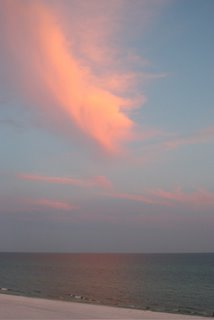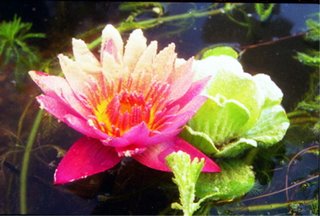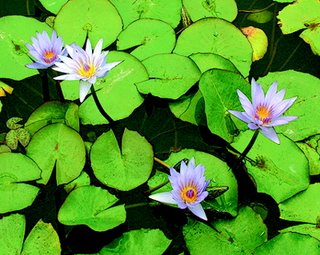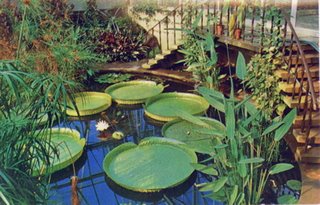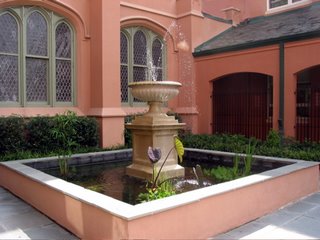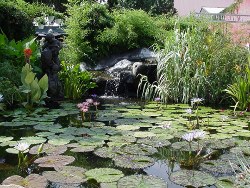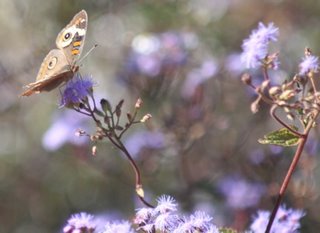
If you have Koi or if you feed your goldfish, you MUST have filtration of some sort. There are many filters on the market from a plain sponge type to biofilters with UV lights. I have used them all and find that the very best is a biofilter installed outside the pond with a UV light installed in conjunction with it. (A UV light is not effective with blanketweed or String Algae.) So if you are going to feed those fish or have Koi, think about using this filter. The downside of these bead filters is the cost. They can run to $4000.00 with the flick of a fish's tail. There are cheaper ones that work just as well, but it's more work to keep them clean and running properly.
If you wish to build your own filter, it is quite simple using a container of some sort and filling it with some sort of filtration medium like lava rocks, sand, gravel, etc. I use the coarser material at the top of the filter (where the water goes in) and the finer material at the bottom. Much of the time lava rock or bioballs are sufficient.
You must get the water into the top of the filter- pretty easy if the fliter is in the water and suck it out of the bottom with the pond pump. This can be accomplished with a simple tap that attaches to the intake of the pump. You can also just put the pump in the bottom of the container, and put the lava rocks or whatever filter media you use in a mesh bag and not have to worry about a tap of any kind. Your cost just went down to the cost of the media plus the cost of the mesh bag. Just be sure to protect your pump intake so lava rocks do not get into your impeller.
If you do not feed your fish, you need no filtration at all. BUT you must provide natural filtration. The best way I have found is to use anacharis as a submerged plant. The anacharis grows faster than the fish can eat it, so the pond becomes a natural ecosystem. And you must keep about 50-60% of the top of the pond covered with shade. You can do this with floating plants like hyacinths, water clover, water poppy, parrots feather or water lilies. If your pond is in the shade already, you do not need so many floating plants.
Many chemicals are sold that promise a clear pond if you add the chemicals. Some of the time they work. For the most part they do not. They kill algae. The dead algae sinks to the bottom and leave no available carbon dioxide for the other plants. They die and so do the fish because there is no oxygen for them to breathe. If you do not use chemicals, this problem can be avoided before it starts.































